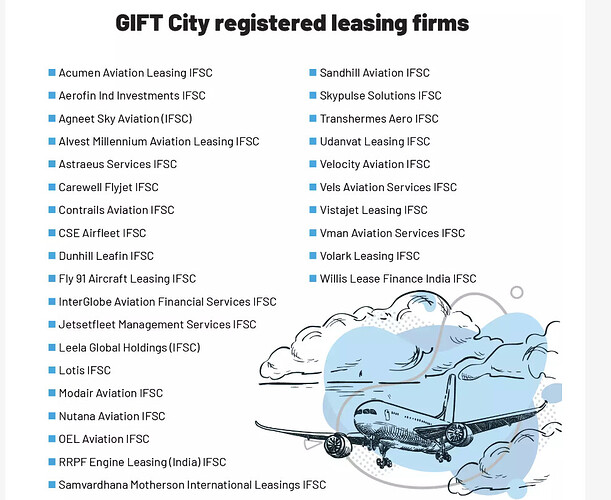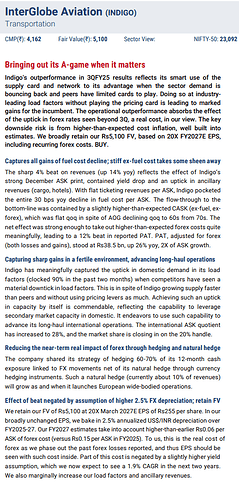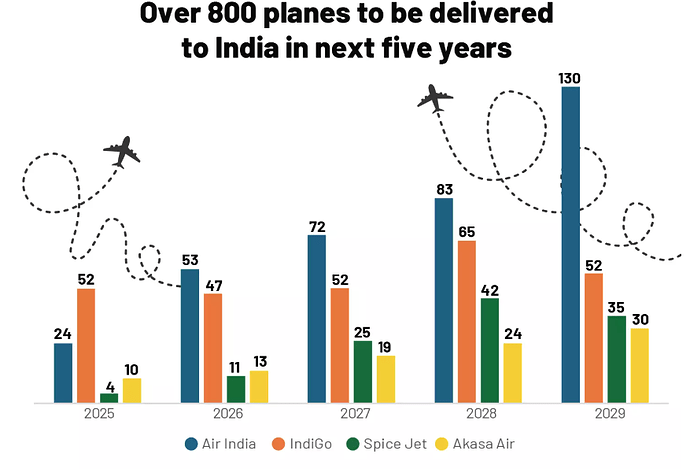Hi Chandragupta, sorry for the late reply. It’s been some time since I checked the forum because of vacations. Let me try to elaborate on my understanding of international foray and domestic growth.
International segments are indeed competitive, but fundamentally, their success depends on demand, trade links, and bilateral rights. If you observe the commentary of foreign carriers, especially those based in the Middle East, you’ll notice that they are constantly advocating for an increase in bilateral rights.
Bilateral rights are usually agreements between governments, negotiated through diplomatic channels. These agreements often take years to become fruitful, but they can also disappear overnight due to diplomatic tensions. In many cases, bilateral rights are structured to protect domestic players from the dominance of wealthier foreign airlines. Scarcity of slots in important airports globally. A significant number of bilateral rights remain underutilized by Indian carriers, representing a large growth opportunity. International flights also generate valuable foreign exchange, which benefits airline balance sheets since most operational costs—like leasing charges, fuel, and insurance—are paid in foreign currency (usually in USD). While international routes typically have higher airfares, the operational costs remain comparable to domestic flights (with similar distances and flight times). This results in better margins for airlines.
Another key factor is the demand for international travel:
Indian airlines reportedly serve less than 35% of the total international market, leaving a huge opportunity for growth.
There is a strong potential to replace one-stop flights with direct connections, which passengers now prefer, especially post-Covid. With codeshare agreements in place, Indian airlines are leveraging data and gaining better insights into which international routes they can serve independently.
I generally disagree with the idea that domestic aviation growth in India is limited. The country still has significant under penetration in terms of:
- Airports:
- USA: 503 airports
- China: 201 airports
- India: ~100 airports
- Aircraft per 1,000 People:
- USA: ~8.3 aircraft per 1,000 people
- Canada: ~4.1 aircraft per 1,000 people
- China: ~3.0 aircraft per 1,000 people
- Brazil: ~0.8 aircraft per 1,000 people
- India: ~0.5 aircraft per 1,000 people
While these numbers may seem like mere data points, AAI data highlights the following:
Many Indian airports are growing at an annual rate of 10%+ YoY. Metro airports like Delhi and Mumbai, which account for a bulk of airline sales, face severe congestion. This congestion restricts airline expansion and increases operational costs.
However, new airport projects like Delhi’s and Mumbai’s second airports are expected to unlock new routes and capacities, benefiting the domestic sector immensely.
Another critical metric to track when assessing domestic growth is the Passenger Load Factor (PLF). Indian airlines are consistently achieving PLFs above 85%, which ensures healthy realizations and profitability.
Cargo remains a significant revenue driver for airlines, especially on international routes, where it is even more lucrative than domestic operations. Cargo operations are growing at 10% YoY. Airline managements have indicated that cargo will continue to provide substantial revenue in the coming years.
With new aircraft inductions and the introduction of new routes, the cargo segment will benefit further.
While I don’t want to comment on Indigo’s experiment with cargo-only aircraft, it’s worth noting that such experiments could shape the future of cargo operations for Indian airlines.







